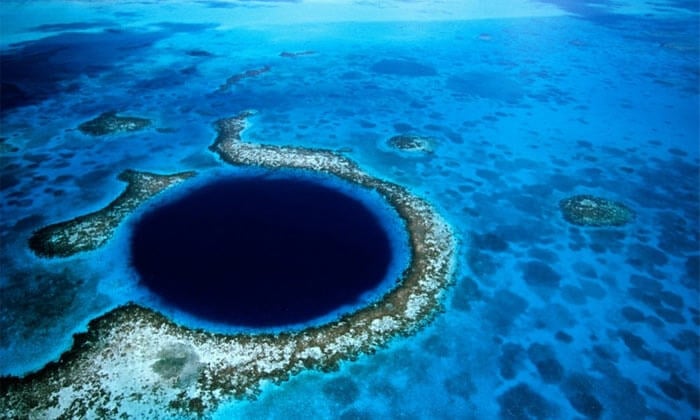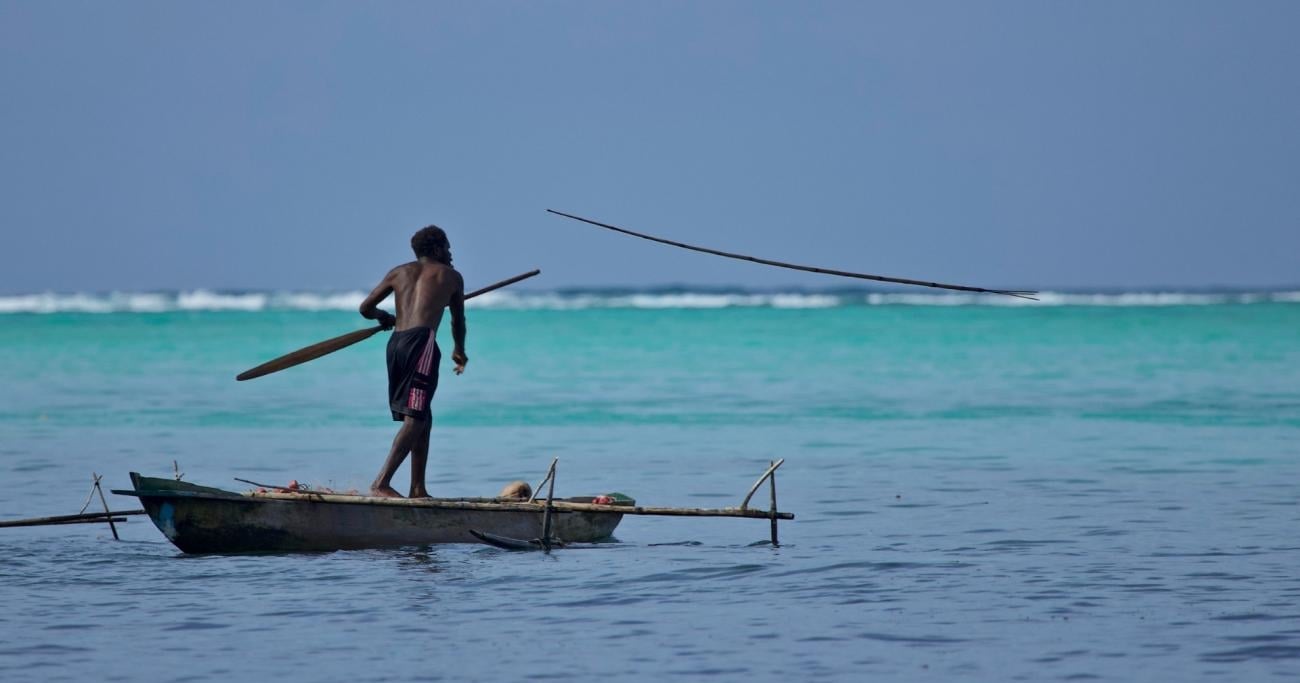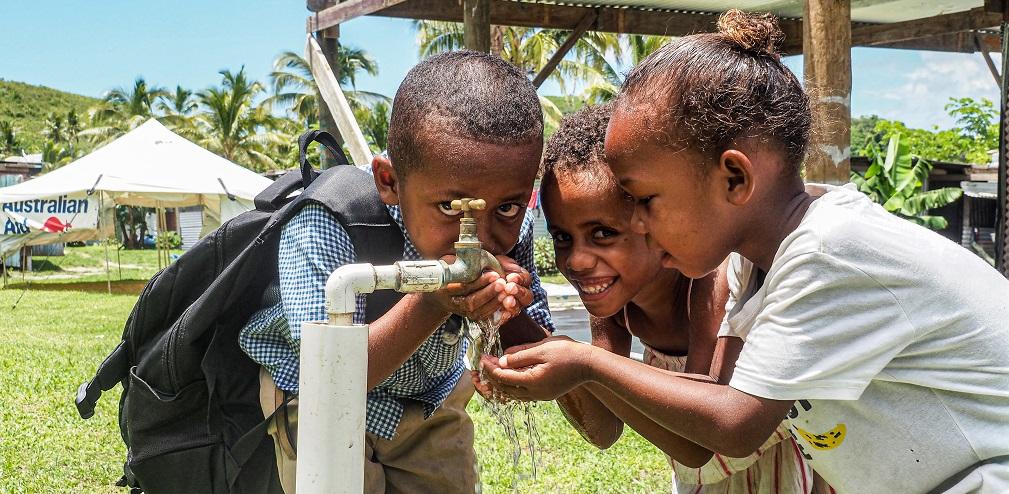The Western Pacific Regional Fishery Management Council opposed the sanctuary proposal saying it would remove fishing that is integral to the islands’ culture and food system.
The proposal for a new marine sanctuary in the Commonwealth of the Northern Mariana Islands is facing significant pushback over fears it will clamp down on fishing.
Proponents say government leaders and a federal advisory group are muddying their message with misinformation about what an added layer of protections for CNMI’s 292,712 square miles of waters would actually entail.
Two panels that advise the Western Pacific Regional Fishery Management Council voiced opposition to the sanctuary proposal earlier this month, saying it would remove fishing that is integral to the islands’ culture and food system. The Wespac panels joined CNMI Governor Ralph Torres in his call to oppose the sanctuary proposal during its comment period, which ends 15 April.
Wespac is meeting this week to discuss the marine sanctuary proposal, among other items on its agenda.
The proposed sanctuary would cover up to 57.5% of the U.S territory’s waters, the entire Marianas Trench, running from the northern to southern reaches of the exclusive economic zone along the western edge. It would be overlaid on the Marianas Trench Marine National Monument, which President George W. Bush created in 2009. It includes three units mostly covering the seafloor and certain coastal waters.
A five-year review of the sanctuary proposal, started by the National Oceanic and Atmospheric Administration’s Office of National Marine Sanctuaries on 09 February, has led to confusion in the community as advocates and opponents wrangle over what the status means.
The unease has centered around the size of the sanctuary, perceived encroachment on current and future fishing and that decisions are seemingly being made for CNMI rather than by it.
But the Friends of the Marianas Trench, the nominating non-governmental organization, says the fears of the Wespac panels and the governor are misplaced.
CNMI Rep Sheila Babauta, the group’s chair, says opponents of the sanctuary have pushed out “fake news” about the sanctuary’s scope, adding that it was having a “toxic” effect on the community.
The idea of restricting access and fishing rights in CNMI waters could not be understated, she said.
“It tends to get people emotionally riled up,” said Babauta. “Especially when you talk about restricting accessibility to the local Chamorro and Refaluwasch people.”
The sanctuary status would increase protection of the EEZ to include the water column, as opposed to certain areas and the seabed, and the nomination has suggested regulating access and movement to the waters, particularly to deal with illegal fishing vessels.
Advising Against the Sanctuary
In early March, Wespac Vice-Chair John Gourley made a presentation to the Mariana-CNMI Fishing Industry Advisory Council in opposition to the sanctuary. He prefaced his talk by saying that it was his opinion as owner of Saipan-based Micronesian Environmental Services, an environmental consulting firm.
Gourley dissected the Friends of Mariana Trench Monument’s proposal, claiming sanctuary status would be the “camel’s nose under the tent,” compromising any future economic benefit from fishing or other activities in territorial waters.
Much of his presentation challenged what he saw as inconsistencies in the sanctuary proposal and the level of engagement with the CNMI community during the process.
“This is something that we saw during the making of the monument,” Gourley said.
The seabed-focused Marianas Trench monument came with economic promises, such as jobs and infrastructural development.
But little has happened since its inception in 2009, which has fueled the governor’s and Wespac’s suspicions over any economic benefits of sanctuary status.
But, according to one Wespac report, CNMI holds some economic promise for fisheries despite its own failing experiment in 2010. Infrastructure remains a hurdle for longline fleets and fishing.
Gourley highlighted what he saw as FMT’s inconsistencies, citing its nomination which claims the designation would not affect fishing. He then referenced a separate note on the efficacy of marine protected areas for safeguarding waters from commercial exploitation from domestic and international fishing fleets.
Gourley suggested any future deep-sea mining operations – an activity the scientific community knows little about – would be compromised by the designation too.
The CNMI advisory panel voted to advise the fishing industry council to recommend Wespac oppose the nomination and work with the panel to provide outreach to the Marianas community in English, Chamorro and Carolinian.
Additionally, Guam’s advisory panel requested information on the accomplishments of the Marianas Trench monument since 2009, to help the community understand the designation’s true benefit.
Wires Crossed
Torres has been vocal in his opposition to the sanctuary, rallying his constituents to oppose the designation, in stark contrast to his support for sanctuary status.
In a 2016 letter to former President Barack Obama, co-signed with congressman Gregorio Sablan, he asked for greater marine protection.
“These are places of special conservation, recreational, ecological, historical, cultural, scientific, educational, and aesthetic value — exactly the types of areas that Congress intended to protect in passing the National Marine Sanctuaries Act,” the letter stated.
A year later, Torres started pushing against the monument.
“We need to stand up and fight against this,” Torres said earlier this month. “We cannot allow anybody or any entity, let alone us, to give our rights, and later ask for permission for our own waters.”
Babauta says she sympathises with the sentiment but believes “having a seat at the table” with the federal government is better than not having one.
Conservation advocate Angelo Villagomez, who worked with Pew Charitable Trusts during the establishment of the monument, says any arguments against the sanctuary were non-starters because they’re out of context.
“The controversy is over the fishing, but there’s actually no fishing,” Villagomez said. “And there hasn’t been for 40 years, so it can seem a little bit confusing to the outsider.”
While there remains negligible fishing pressure in the EEZ, designating CNMI’s waters as a sanctuary would automatically help CNMI reach one of the key facets of the Micronesia Challenge — an environmental agreement that includes effectively managing 50% of marine resources by 2030 — which Torres recommitted to this past April.
Wespac’s Stock Assessment and Fishery Evaluation report for 2020 indicated minimal commercial fishing in CNMI waters, with the brunt of fishing being done within 12.5 miles of coastal areas and using 16- to 20-foot boats.
The sanctuary proposal wants to protect that style of fishing, which would not be considered commercial under the U.S. federal system, according to Villagomez.
“Most of the opposition really comes down to issues like identity ownership — who gets to make the decision,” Villagomez said, adding that it’s also about the relationship between the United States and its Pacific island territory.
Confusing Claims
The entire monument and sanctuary debate has become political, as both Democrats and Republicans have ties to groups for and against sanctuary status.
While Babauta chairs the sanctuary nominating group, Wespac has strong ties with the CNMI government — Lieutenant Governor Arnold Palacios was once council chair. And as the 2022 gubernatorial elections loom, it is becoming a political football: Generally, the Democrats support it and the majority of Republicans oppose it.
But it is further complicated by a process underway to impeach Torres, which has led Palacios to run against his former Republican running mate.
“What Wespac is doing is they are purposely confusing the monument with the sanctuary and then making claims that we’re trying to close things that aren’t being posed,” Villagomez said.
Villagomez says there is a general lack of trust between FMT and Wespac too.
“So some of this opposition is that they don’t believe us,” he said.
Any future sanctuary status is not set in stone though, so if the territory wanted to amend any designation it could, according to FMT Executive Director Laurie Peterka.
But Peterka says there has been no in-person conversation over the proposal between FMT and Wespac or the governor’s office despite their reported invitations to talk. Rather, the only form of communication is through news reports.
This story was written by Thomas Heaton, originally published at Honolulu Civil Beat on 22 March 2022, reposted via PACNEWS.




